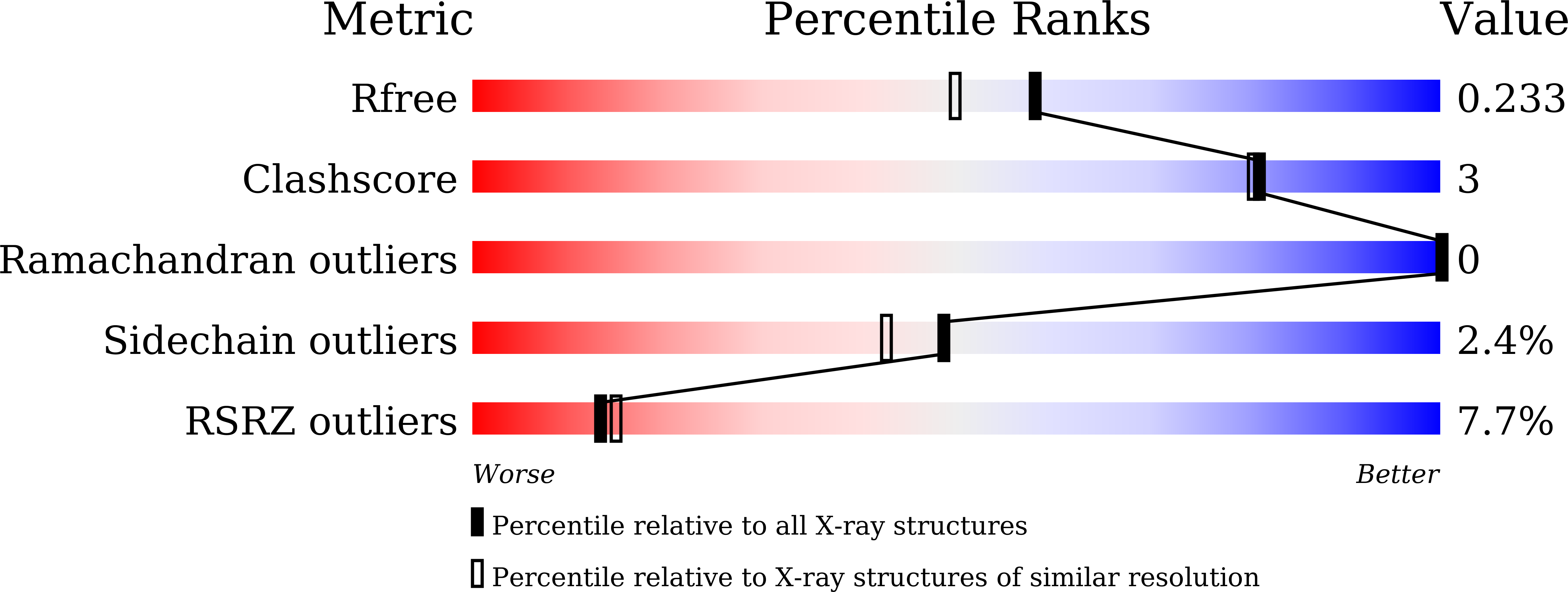
Deposition Date
2022-07-26
Release Date
2023-05-31
Last Version Date
2024-10-23
Entry Detail
PDB ID:
7YLF
Keywords:
Title:
Crystal structure of the chicken Toll-like receptor 15 TIR domain (2-mercaptoethanol adduct)
Biological Source:
Source Organism:
Gallus gallus (Taxon ID: 9031)
Host Organism:
Method Details:
Experimental Method:
Resolution:
1.90 Å
R-Value Free:
0.23
R-Value Work:
0.20
R-Value Observed:
0.20
Space Group:
P 32 2 1


